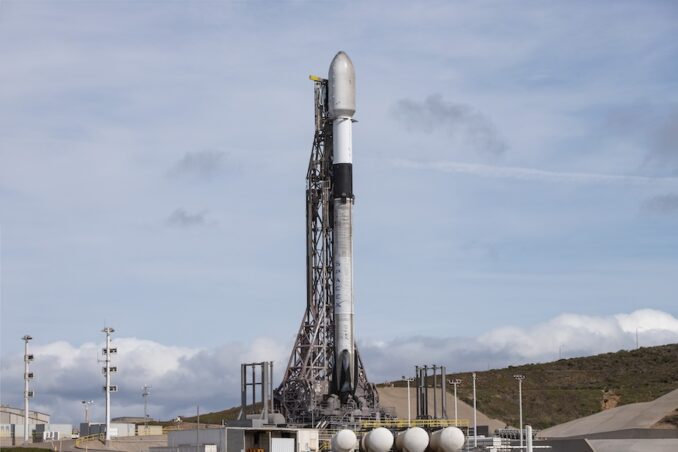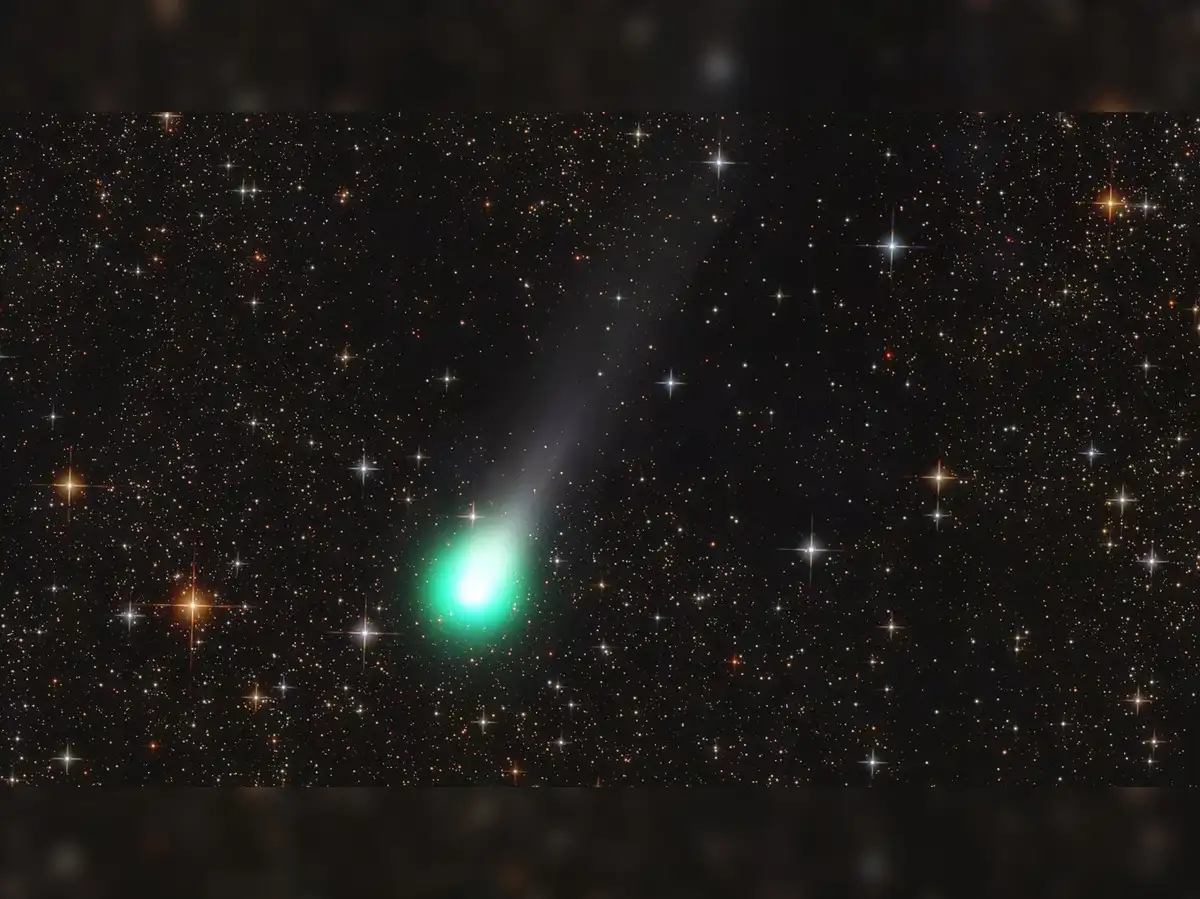SpaceX is preparing for another Falcon 9 rocket launch from Vandenberg Space Force Base in California, scheduled for Monday afternoon. The mission will deploy 28 Starlink satellites into low-Earth orbit, further expanding the company’s growing internet satellite network.
Mission Overview
The launch window is expected to open around 2:12 p.m. Pacific Time and remain available for several hours to accommodate weather or technical adjustments. The reusable Falcon 9 booster supporting this mission will be making its 17th flight — a milestone that highlights SpaceX’s continued success in rocket reusability. After liftoff, the booster is set to return and land on the drone ship Of Course I Still Love You, positioned in the Pacific Ocean.
Once deployed, the 28 satellites will enter a near-polar orbit to enhance Starlink’s global broadband service. The network aims to deliver high-speed, low-latency internet to users across the world, especially in rural and underserved regions.
Why This Launch Matters
This mission carries significance beyond another Starlink expansion. Each successful flight demonstrates SpaceX’s growing efficiency in launch operations, reuse capability, and network deployment. The 17th flight of a single booster continues to push the boundaries of sustainable and cost-effective spaceflight — something no other private space company has achieved at this scale.
Additionally, West Coast launches like this one from Vandenberg allow SpaceX to reach polar and sun-synchronous orbits, ideal for global coverage and Earth-observation missions.
What to Expect
Spectators across the California coastline may be able to see the rocket’s ascent and even spot the booster’s landing burn several minutes later. The company will closely monitor weather and upper-atmosphere conditions throughout the afternoon, as coastal winds and visibility could influence launch timing.
Starlink’s Expanding Reach
With every new launch, SpaceX brings its Starlink constellation closer to full global coverage. The network already serves hundreds of thousands of users worldwide, providing a vital communication link in remote areas, disaster zones, and at sea.
This latest mission continues SpaceX’s commitment to building a resilient, interconnected web of satellites that ensures high-speed internet access — no matter how isolated the location.
A Step Toward the Future
While launches from Vandenberg have become almost routine, each one represents another leap forward in modern communications and reusable rocketry. Monday’s mission not only reinforces SpaceX’s dominance in commercial spaceflight but also showcases how innovation in space technology continues to reshape the way the world stays connected.
















Leave a Reply